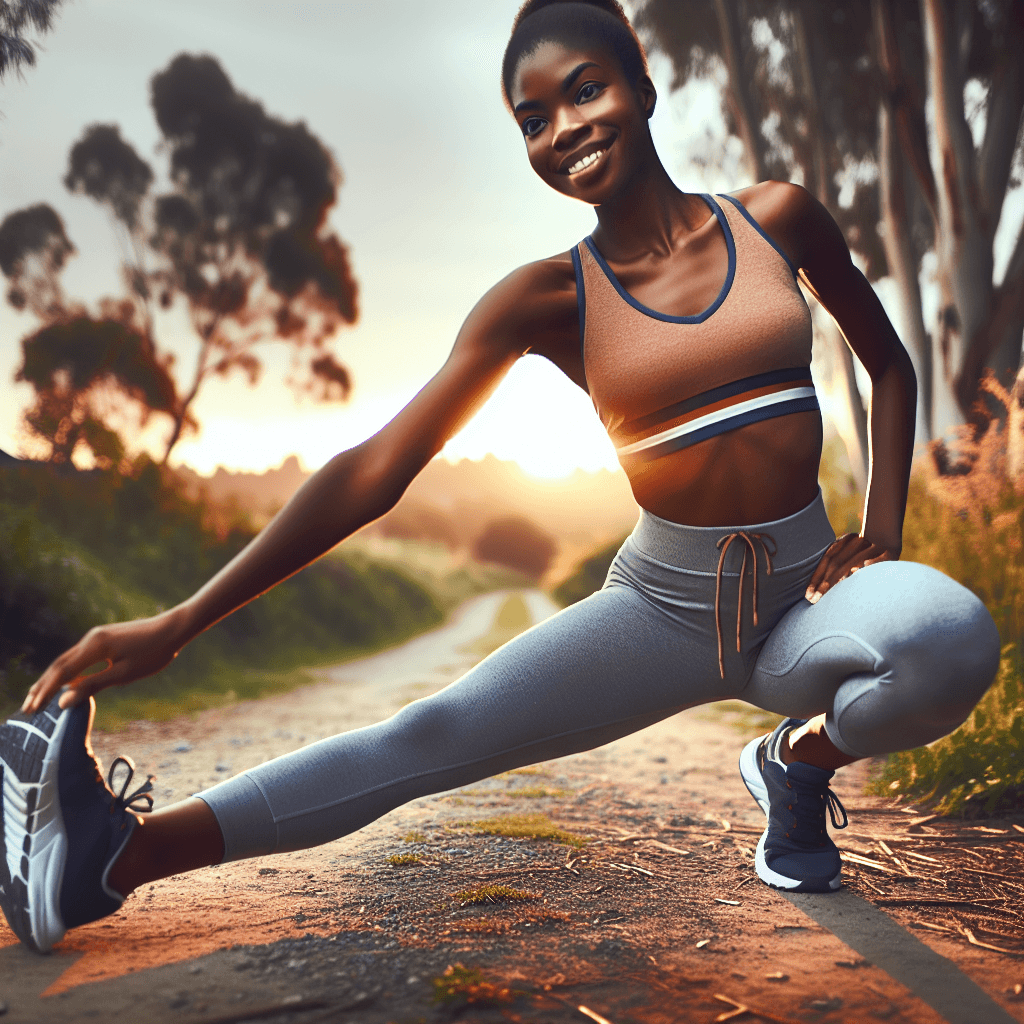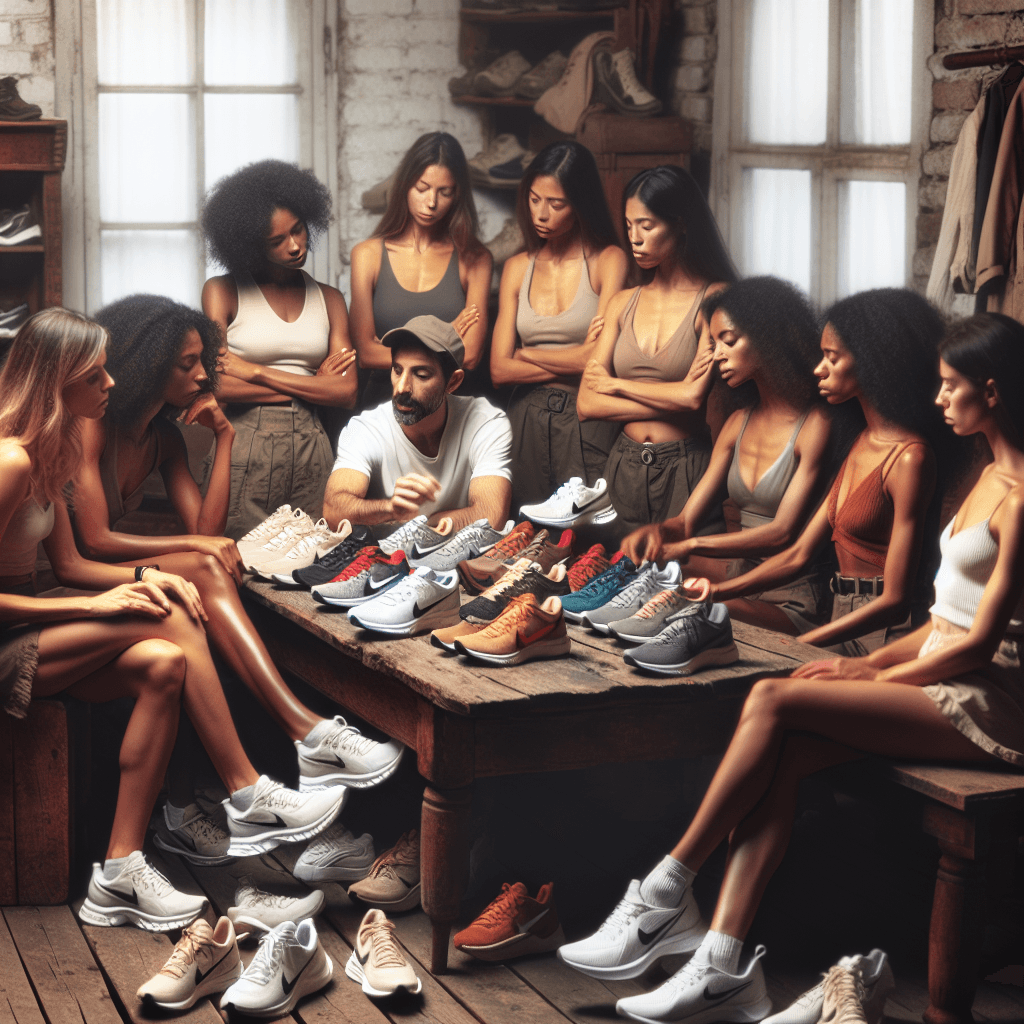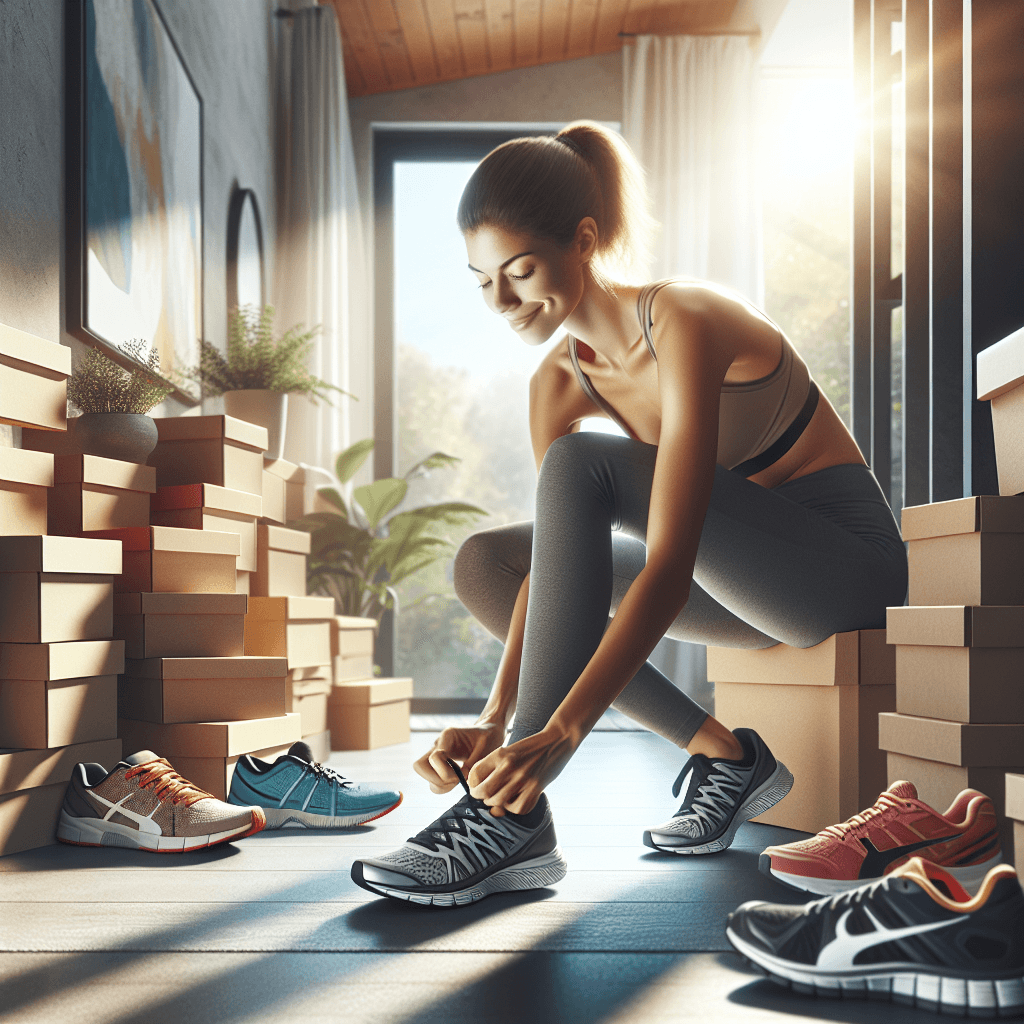
Top Long-Distance Running Shoes Perfectly Reviewed for Your Next Marathon
Catégorie : fitnessPublié : 11/10/2025Vues : 97Likes : 79
My Journey to Finding the Perfect Long-Distance Running Shoes
Over the past decade, I’ve become a passionate long-distance runner, clocking miles on countless trails and roads. Throughout this journey, I’ve tested well over a hundred pairs of running shoes, each promising to be the best fit for endurance runs. This hands-on experience has truly honed my understanding of what makes a running shoe great for long distances and what can hinder your performance or comfort during those many miles.
What’s fascinating is how highly personal the right shoe choice is. Every runner’s foot is shaped uniquely, and that plays a major role in finding a shoe that will help, rather than hurt, during extended running sessions. If your shoes don’t fit correctly, especially for long-distance running which involves thousands of foot strikes, you risk painful blisters, calluses, bruising, and even losing toenails.

What Really Matters When Choosing Long-Distance Footwear
To ensure your runs are injury-free and enjoyable, there are several things you should consider beyond just how a shoe looks or its brand. Let’s break down the key factors you need to weigh before making your pick.
First, think about the cushioning. Long-distance runs often demand excellent shock absorption. Shoes come in three main cushioning types: maximum, medium, and firm. Maximum cushioning offers a plush, almost cloud-like feel that absorbs impact well, which is great if your joints need extra care. However, not all maximum cushioning shoes are built for speed or stability. Medium cushioning tends to suit runners with neutral arches, providing a balanced feel without extra fluff. Firm cushioning helps align and support feet for those who tend to overpronate, meaning their feet roll inward excessively as they run.
Next is the shoe’s stability features. Some models are designed to guide and support your foot’s natural movement to prevent injury. If you have flat feet or overpronate, a stable shoe will help keep your stride balanced and reduce stress on your legs. Features like denser foam in specific parts of the midsole often help with this, promoting proper foot alignment during your run.
Heel-to-toe drop is another important aspect—it’s the height difference between the heel and the front of your foot inside the shoe. A high drop places more load on knees and hips, while a low drop increases stress on your ankles and calves. For many runners, a moderate drop of around five to six millimeters works well to spread out the impact forces evenly.
Finally, knowing your arch type (low, medium, or high) is crucial because it influences how your foot strikes the ground and what kind of support you need. A simple way to test this at home is the wet foot test: dip your foot in water and step on a dry surface to see your footprint. A wider imprint means low arches, while a thin imprint signals high arches. This can guide you to either choose more arch support or a neutral shoe.

Top Picks for Long-Distance Running Shoes and Why They Stand Out
After trying out numerous pairs, I found four models that stood out for various needs and preferences. Each has its strengths, so depending on your foot type and running style, one might be perfect for you.
First up is the On Cloudeclipse, which I consider the best all-around shoe for long-distance runs. It’s incredible for mixing up easy-paced and faster runs thanks to its unique dual-layer cushion system and built-in speed plate that adds a springy push to every stride. These shoes manage to be bouncy yet supportive, helping alleviate joint stress without sacrificing stability. They fit neutral arches best, so if you need specialized support, you might want to explore other options. Plus, they have a sleek look with reflective detailing that’s great if you often run at dusk or dawn.
For those on a budget, the Hoka Rincon 4 offers a solid balance of comfort and value. It delivers medium cushioning, enough for shock absorption without feeling overly soft. This shoe is more on the firmer side, which helps maintain foot stability over longer distances. It’s particularly suitable for beginners who are building up mileage, although the toe box runs a bit narrow, so wide-footed runners should consider the wider sizing.
If you’re someone who needs extra room and width, the New Balance Fresh Foam X1080v14 shines thanks to its availability in wide and extra-wide options. The spacious toe box prevents rubbing and pinching, crucial for comfort during long runs, especially if you have bunions or wider feet. It balances cushioning with semi-firm support, creating a soft yet stable feel that many runners appreciate for recovery or shorter easier runs.
Lastly, for runners that battle overpronation and need added stability, the Asics Kayano 31 is a solid choice. It features a supportive design with dense foam on the inner arch and a wide base to correct foot alignment. Despite its stability focus, it surprises with plush cushioning, making it suitable for those dealing with foot and joint discomfort on long runs. Keep in mind, its 10mm heel-to-toe drop might feel a bit steep if you’re prone to knee or hip issues.
Restez Informé des Insights de Santé
Recevez les derniers conseils de santé pour femmes, conseils de bien-être et insights d'experts directement dans votre boîte de réception.
Nous respectons votre vie privée. Désabonnez-vous à tout moment.

Helpful Tips and Final Thoughts on Choosing Your Next Long-Distance Running Shoe
Picking the right running shoe is a highly personal decision that can dramatically affect your performance and leg health, especially when you’re covering long distances regularly. Taking time to understand your foot’s shape, run style, and needs will pay off by keeping your feet happier and your runs smoother.
Remember to always try on shoes later in the day or after a run, since feet tend to swell, and you’ll want to make sure there’s enough room—especially around your longest toe—to prevent irritation during a lengthy jog.
Also, consider rotating between different shoes to diversify the strain on your legs and prevent overuse injuries. And don’t be afraid to consult with specialists like podiatrists or gait analysts if you’re experiencing unusual pains or discomfort.
Whether you’re chasing a personal record, training for your first marathon, or simply want to stay active without nagging foot aches, investing time and thought into your footwear choice is essential. The right pair will not just support your ambition but also make every mile a bit more enjoyable.
Commentaires
Aucun commentaire pour le moment. Soyez le premier à partager vos pensées !